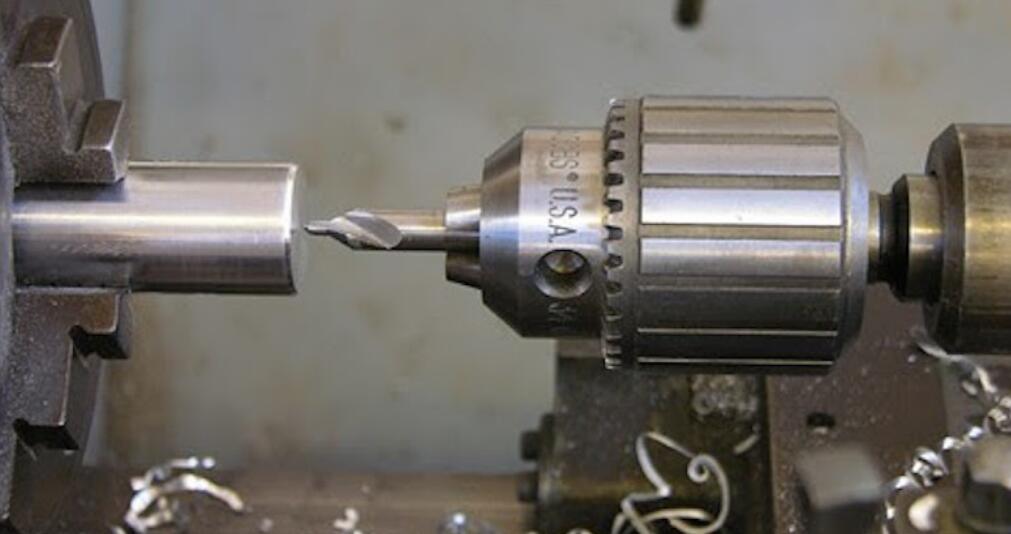Welcome to Sino Bearings web
24x7 HOTLINE:+86-28-81454188

 NEWS
NEWS
We’ve put together a series of informational articles to highlight bearing types, terminology, and components. In this segment of Bearings 101, we focus on machine tool spindle bearings.
In this complex universe, there are profound questions with answers that elude us. Why do we exist? Are there other worlds beyond ours? What are machine tool spindle bearings and how do we use them? The first two questions require theoretical research, footnotes, and stuff like that. We can discuss the third question in this article.
Early Machine Tool Spindles
Lathes and looms were two of the first machines. Early versions only produced one thing at a time. Every time the operator used the machine, the product came out a little bit differently. That worked when the products were not tools that had to fit into a larger tool. Later, the advent of interchangeable parts meant machine tools had to make multiple items that worked together seamlessly. That required a higher level of precision. These more modern machines had to make a large volume of products quickly and exactly.
Today’s machine tool spindles work in large, robot-filled factories and small, family-owned machine shops. The places may seem different, but both types of businesses have at least one thing in common — bearings.
Additive manufacturing, CNC (Computer Numerical Control) machining, routers, lathes, mills, and various grinders and cutters rely on machine tool spindle bearings. More accurately, they rely on high quality machine tool spindle bearings. The spindles in these machines need to maintain speed, shaft position, and running efficiency while in almost constant use. Any variation could ruin the item being machined or the tool itself.
Spindle Bearing Types
Spindle bearings fall into four main categories: angular contact, radial or deep-groove, roller, and thrust ball bearings.
Angular contact ball bearings – In these bearings, grooved rings hold at least one row of balls. They carry both axial and radial loads. Angular contact bearings are ideal for machines that rotate or vibrate at high speeds or operate in harsh environments.
Radial or deep-groove bearings – These bearings have a deep groove (yup) between inner and outer rings, with rolling balls in the middle. Find these bearings in industrial settings in many applications.
Roller bearings – Roller bearings use cylinders instead of balls, reducing friction in moderate to high-speed applications. They support radial and some axial loads.
Thrust ball bearings – Thrust ball bearings can use balls, rollers, or needles as their rolling components. They can withstand harsh environments and maintain high speeds. The aerospace, marine, and automotive industries all use thrust bearings.
Machine tool spindles were a part of early manufacturing. Now, technological advances have made them a part of cutting-edge industries that demand efficiency, precision, and the right bearings.